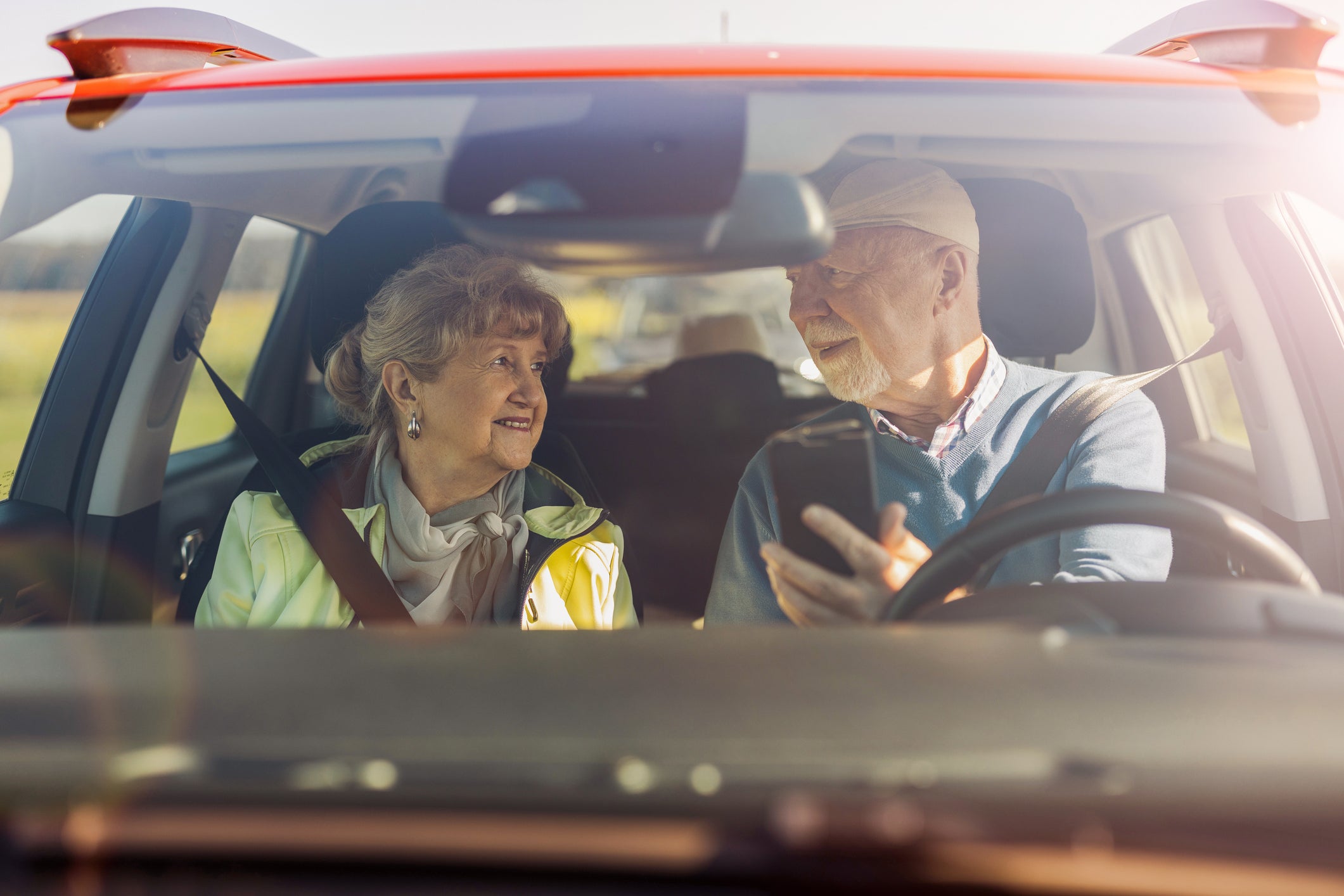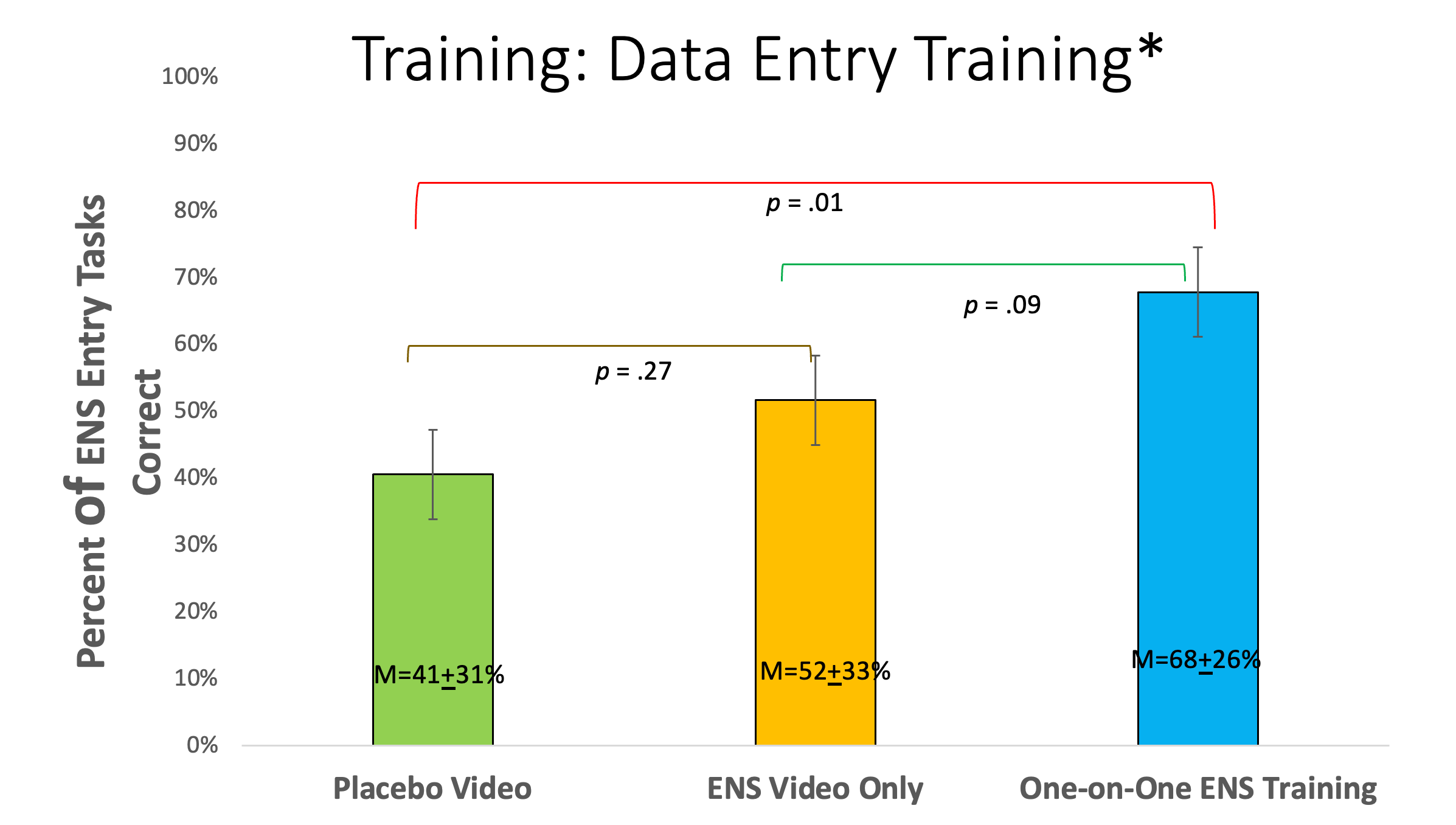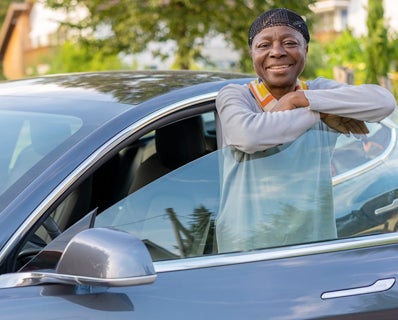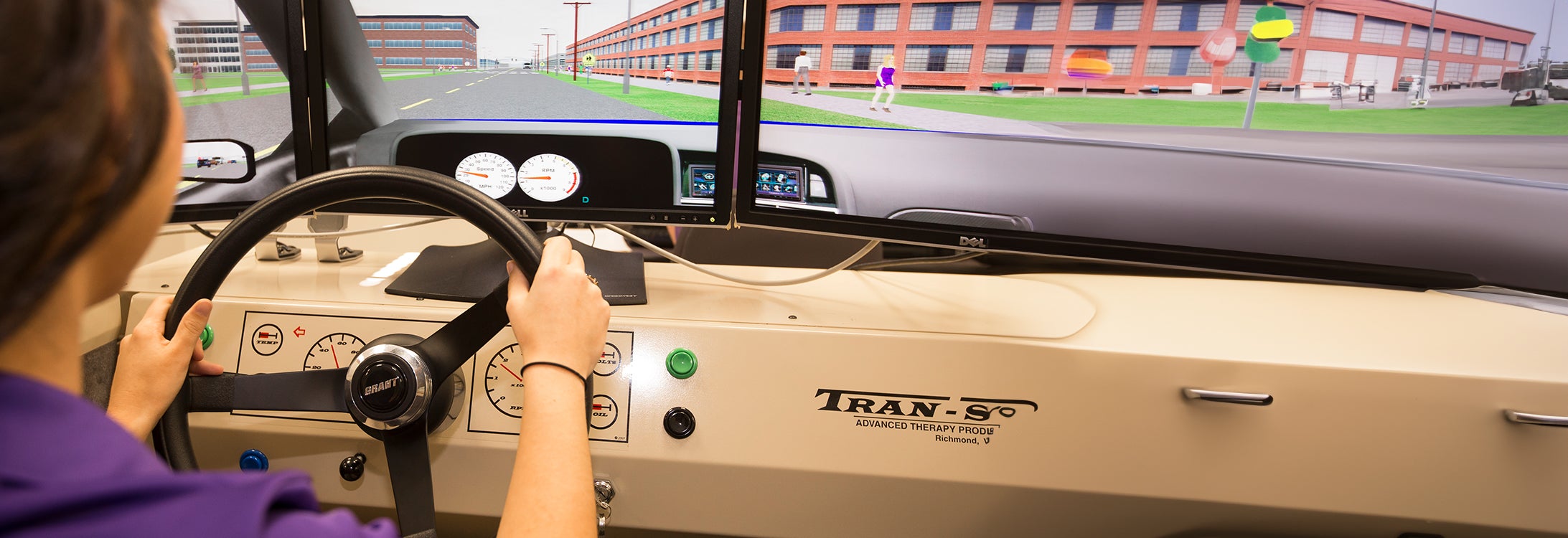Older Adult Research Studies
Dr. Anne Dickerson has completed multiple studies and projects over the 30 years she has been in the Department of Occupational Therapy at ECU. Select projects will be highlight with brief descriptions, links to publications or references, and/or link to documents to be shared with interested parties.
The Demonstration Project Promoting Highway Safety Program Guideline #13, funded for 4.5 years by the National Highway Traffic Safety Administration (NHTSA), 2017-2021, in which Dr. Dickerson was the Principal Investigator is fully described here.
Research Using GPS

Project 1
Lauren Cochran completed her thesis in a study that used young adults to test both the driving routes for the GPS study, and the methods of evaluating the drivers’ performance for the funded project. In addition, Lauren used the same tool to evaluate driving, using printed directions, on a driving simulator. Thus, in addition to assisting in providing valuable feedback on the devised routes, she demonstrated the driving simulator can be used in lieu of on road driving evaluation.
Cochran, L.M. & Dickerson, A.E. (2019). Driving while navigating: On-road performance using GPS or printed instructions. Canadian Journal of Occupational Therapy, 86 (1), 61-69. doi.org/10.1177%2F0008417419831390
Abstract: Route navigation is a high-level skill and requires intact executive functioning to successfully find one’s way while driving in unfamiliar environments.
Purpose. Driving performances were compared while navigating using electronic devices and printed directions on unfamiliar driving routes as well as in an interactive driving simulator.
Method. Twenty-four participants drove two on-road routes using GPS and printed directions, and navigated using printed directions in the simulator, using a point system to evaluate performance. The two unfamiliar routes, order of simulator and on-road driving, and use of GPS and printed directions were counterbalanced. Paired t test were used to compare both GPS versus printed directions and performance between on-road driving and the simulator.
Findings. Participants’ performance using GPS on the road was significantly better than with printed directions. There was no significant difference between performance in the simulator and on the road.
Implications. Using GPS may be an effective strategy for improving safety. Using a driving simulator may be an efficient means of evaluating the strategic level of driving, executive function, and readiness to drive.
Project 2

Project 3

Project 4
This prompted the fourth study by Chandler Coleman, an occupational therapy thesis student of Dr. Dickerson’s. She worked with 20 more older adults with no experience with GPS. She trained them with the videos and one-on-one hands on experience and feedback. Guess which group did best! The graph shows the outcome. Those with one-to-one experience did significantly better than those with no training.

Project 2-4 are published in this paper:
Thomas, F.D., Dickerson, A.E., Graham, L.A., Coleman, M.C., Finstad, K.A., Blomberg, R.D., Wright, T.J. (2020). Teaching older drivers to navigate GPS technology. Journal of Safety Research, 72 (2), 165-171. doi.org/10.1016/j.jsr.2019.12.001.
Driving Check-Up:
Expanding the Continuum of Services for Older Drivers.

Dr. Anne Dickerson was the PI of this funded project from the AAA Foundation for Traffic Safety. This two-year project developed a toolkit for driving schools to use to provide community living older adults with a “driving check-up”. The idea was that as one gets older, they may have some bad driving habits (e.g., rolling stop, not using turn signals) and/or not knowing new road design features (e.g., roundabout, lane channeling), and a one hour “check-up” would be a way to brush up on skills and knowledge – a hands-on driving safety class. The team created presentations, materials, and did training with several driving schools, both on site and remotely. The report and materials are available on the AAAFTS site.
Dickerson, A.E., Reistetter, T., Burhans, S. & Apple, K. (2015). Typical brake reaction times across the life span. Occupational Therapy in Health Care, 30, 115-123.
